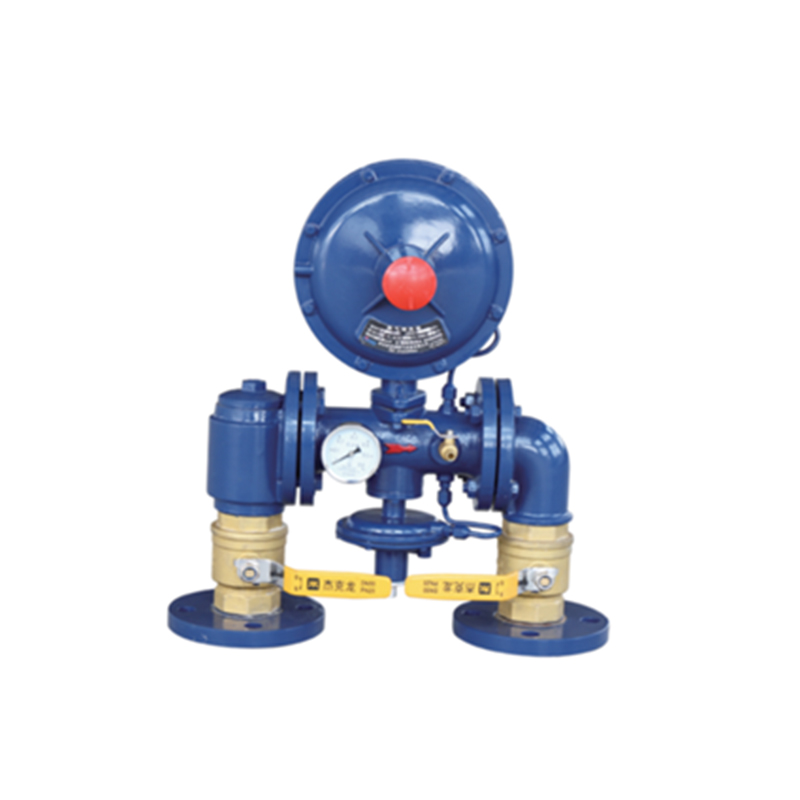
Dec . 15, 2024 20:23
Back to list
Safety Valve Mechanism for Pressure Regulation and System Protection
Understanding the Importance of Safety Valves
Safety valves are critical components in various industrial applications, serving as the first line of defense against overpressure scenarios that could lead to catastrophic failures. In essence, a safety valve is a device designed to automatically release pressure from a system when it surpasses a predetermined level. This function is vital in maintaining operational safety and equipment integrity, especially in processes involving gases or liquids that can become hazardous under pressure.
.
There are several types of safety valves, including spring-loaded safety valves, pilot-operated safety valves, and rupture disks. Spring-loaded safety valves are the most common, utilizing a spring mechanism to control the opening and closing of the valve. The pressure exerted within the system pushes against the valve disc, and when it reaches the spring's preset force, the valve opens. Pilot-operated safety valves use an auxiliary control system to manage the valve operation, which can offer faster response times and more precise control. Rupture disks, on the other hand, are non-reclosing devices that physically break under excessive pressure. Each type of safety valve has its advantages and is chosen based on the specific requirements of the application.
صمام الأمان

The importance of regular maintenance and testing of safety valves cannot be overstated. Over time, factors such as corrosion, wear and tear, and sediment build-up can impair a valve’s functionality. Consequently, many industries implement routine checks, performance tests, and calibration procedures to ensure that safety valves are functioning correctly. Neglecting these checks can lead to valve failure, placing workers and the entire facility at significant risk.
Economically, the cost of installing and maintaining safety valves is negligible compared to the potential losses from accidents caused by overpressure. Industrial disasters not only result in significant financial losses but also pose risks to human life and the environment. Hence, investing in quality safety valves, maintaining them diligently, and adhering to safety regulations is a responsible approach that not only protects assets but also promotes a safety-first culture within organizations.
Beyond the industrial realm, safety valves are also used in various consumer products, ranging from pressure cookers to automotive systems. For instance, a pressure cooker utilizes a safety valve to maintain cooking pressure while preventing the pot from exploding. Similarly, automotive engines employ safety valves to ensure optimal functioning and prevent excessive pressure build-up, which could lead to engine failure or hazards.
In conclusion, safety valves play an essential role across numerous sectors, acting as vital safeguards against the dangers posed by excessive pressure. Understanding their function, types, and the importance of maintenance is crucial for anyone involved in industrial operations or using pressure-containing equipment. As technology evolves, safety valves will likely see advancements, improving their reliability and performance even further. Ultimately, prioritizing safety valve functionality can save lives, protect property, and ensure that operations run smoothly and efficiently. Emphasizing safety in technological and industrial innovations continues to be an essential aspect of modern engineering practices.
Latest news
-
Safety Valve Spring-Loaded Design Overpressure ProtectionNewsJul.25,2025
-
Precision Voltage Regulator AC5 Accuracy Grade PerformanceNewsJul.25,2025
-
Natural Gas Pressure Regulating Skid Industrial Pipeline ApplicationsNewsJul.25,2025
-
Natural Gas Filter Stainless Steel Mesh Element DesignNewsJul.25,2025
-
Gas Pressure Regulator Valve Direct-Acting Spring-Loaded DesignNewsJul.25,2025
-
Decompression Equipment Multi-Stage Heat Exchange System DesignNewsJul.25,2025

